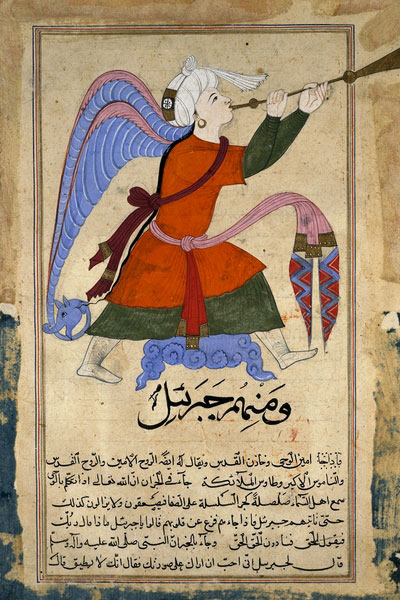a second blogging of the qur'an
I have been following Robert Spencer's weekly series of which the latest is Blogging the Qur’an: Sura 10, “Jonah” and now, much to his own delight, Spencer will be joined by a second blogging the qur'an series, only this time by a prominent Muslim writer, Ziauddin Sardar. I've not come across this guy before but I accept the Guardian's blurb on him as a man "considered a pioneering writer on Islam" and "widely known for his radio and television appearances". I will certainly follow Sardar as assiduously as I have been following Spencer.
The first blog entry is a personal account of his Muslim upbringing, starting with Koranic readings from his mother's lap, moving through the stricter environment of the madrassa, and culminating in an ongoing process of adult appraisal. I am happy to enter into Sardar's world to get a better feel for how the Koran moves the Muslim soul but there nevertheless remains a gap in the writing culture for we non-Muslims must also write about how the Koran moves us, though in different ways, and I would like to see Muslims making a genuine open-hearted attempt to enter into our own non-Muslim's Koranic world. For me, this starts at the beginning with the Fatiha which, I'm sure, has a happy sound for Muslims but for me and other non-Muslims sounds deeply offensive because it is so clearly pointing at us in a wrathful and derogatory manner. It makes my flesh creep and I would dearly love - one day - to read a Muslim acknowledging that this offense and apprehension are realistically based and not some paranoid symptom of "Islamophobia". For now, I will wait and see what develops in this and the corresponding series by Spencer.
In point of fact, my attention was more strongly drawn to the illustration that The Guardian provided. It was curious, for example, that the British Museum page on this image names the figure Gabriel (the archangel that announced Jesus' coming to Mary) rather than Israfil (or Raphael). The latter has a strongly Islamic function of standing at the ready with trumpet to mouth for he will blow two blasts at the Final Hour: one to mark the death of us all and the second to mark our resurrection - more precisely, the resurrection of all good Muslims - from the dead.

Archangel Israfil @ British Museum
My research also turned up some other variants of this image, clearly less refined ones but both contained in the same book. It seems that both the text and the artwork were copied by one to the next artist scribe, with results exhibiting more or less artistic merit or refinement. There is always a certain charm in the more primitive forms but the British Museum variant is stunningly beautiful. It doesn't really matter who created the first form of this angelic image but one does get a sense of the Islamic straightjacket that forbade innovation, specifically in theology but surely in any field - such as religious art - touched by deity.



0 Comments:
Post a Comment
<< Home